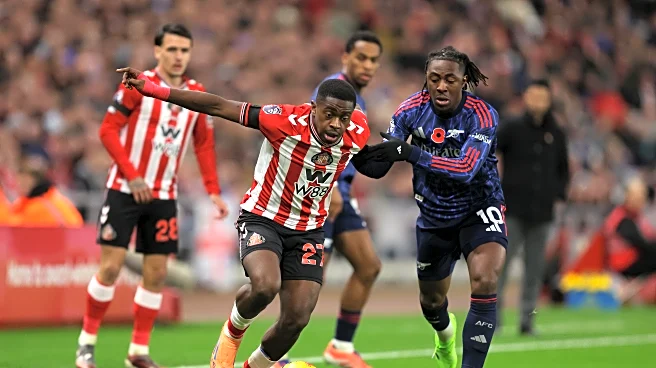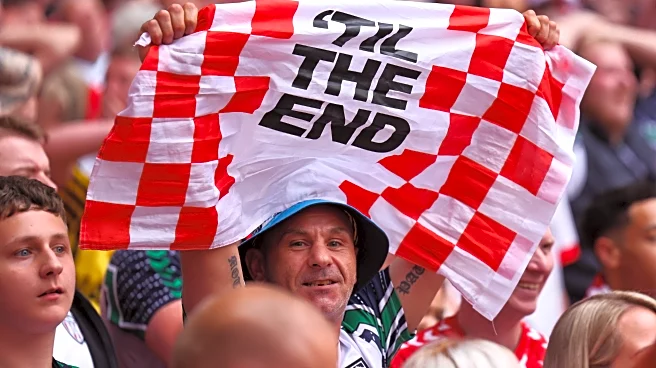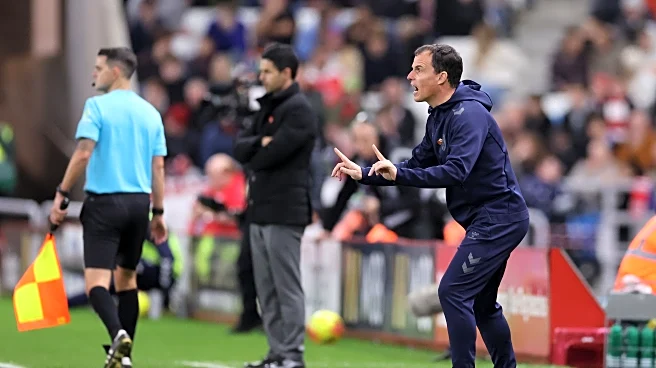Last weekend’s late show against Arsenal took me back to a classic encounter with the Gunners at the Stadium of Light.
Sunderland opened the 2000/2001 season with a 1-0 home win against Arsene Wenger’s
high flyers thanks to a Niall Quinn header in a game which also saw visiting skipper Patrick Vieira dismissed after retaliating to a Darren Williams challenge.
However, while Wenger was scathing about the red card in the aftermath of the game, he also made an interesting statement about Peter Reid’s Sunderland side.
There’s no doubt we had quality within our ranks at that time, but what set us apart from many other Premier League sides on our way to successive seventh-placed finishes in the top flight was our supreme work rate and commitment to the cause.
I can’t find the exact quote but Wenger suggested that we would be unable to maintain our high level of passionate play for the duration of the season. Perhaps the Frenchman had a point, as we had a tendency to start like a train during those halcyon days before running out of steam after Christmas.
It shows how football has changed in the quarter-century that’s passed and it also highlights some of the similarities between “Reidy’s Kings” and Régis Le Bris’ team of modern-day princes.

Fast forward to 2025 and work rate remains a minimum requirement, with a high level of intensity from the first minute to the last, but nowadays, there’s more emphasis on formations and tactics.
Flexible five-man defences and midfields were a rarity around the turn of the millennium, when most sides played 4-4-2, and the role of a “holding midfielder” — already established on the continent — hadn’t really transitioned to the Premier League at that stage.
Box-to-box midfielders did a lot of running in the days before “sitters” and number tens were introduced to help them out, linking the defence and attack. The introduction of heat maps and other technologies took this a step further, channelling the energy of all off-the-ball running into a finely-tuned game plan.
Where once we had grafters and creators, with the former covering more ground and the latter assisting and scoring, there’s more of an athletic approach across the board now. Of course, advancements in nutrition, sports science and training have contributed tremendously, but all of these factors have resulted in a different game twenty five years on from the victory over Arsenal.
The increase in substitutes has also had a huge impact.
Le Bris now talks about “starters and finishers”, with up to five players allowed to come off the bench to potentially change the outcome of a game. This is another way to conserve energy over ninety-plus minutes in the modern game, while Premier League squads generally have more strength in depth — not only in terms of numbers, but in terms of quality beyond their starting eleven.
This article is designed to raise awareness of a few changes — particularly those I’ve observed while following Sunderland and football generally over the years.
It’s not a dissertation and I’m certainly no tactical, nutritional or scientific expert. Books such as The Mixer by Michael Cox offer a much more informed view.












